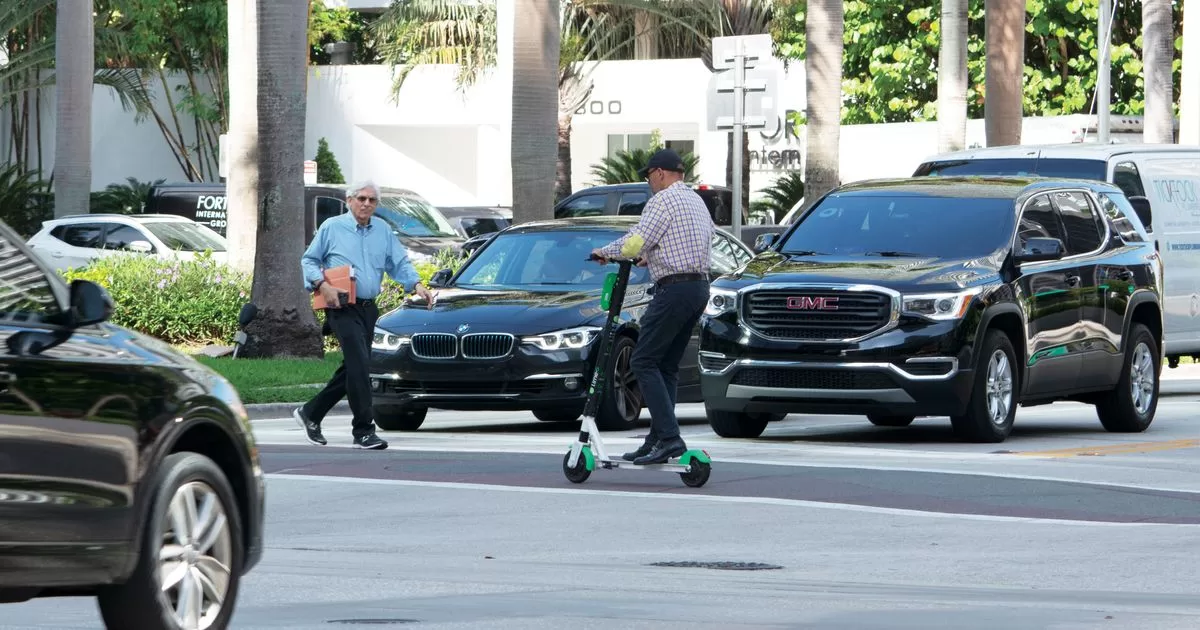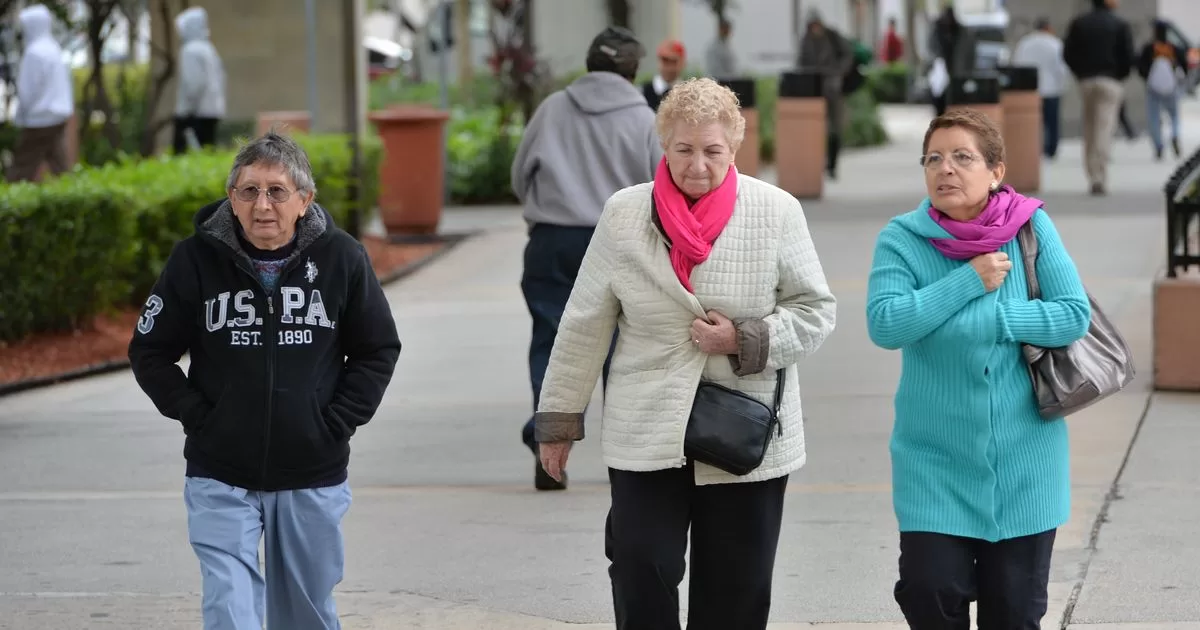“Beat Street was the first seed. It came up when I walked through Kreuzberg for the first time.” So says Marco, member of the LOFD (Lords of Doom) crew. In fact, the film was the start of graffiti in Germany. Also in Marzahn-Hellersdorf. An exhibition in the district museum tells the story of the – predominantly male – youth culture around the turn in Marzahn-Hellersdorf. It can be seen until March 5th.
“Beat Street” was released in US cinemas in 1984 and a year later in East Germany. One of the first films about hip-hop, it portrayed two brothers and their friends growing up in the Bronx, New York. They are rappers, DJs, dance breakdance – and paint graffiti.
First with shoe polish. But that didn’t get the young artists very far. “The pictures disappeared in the rain – the shoe polish didn’t last,” Corint recalls from the MIC crew from Prenzlauer Berg at a listening station in the exhibition in the district museum. The picture “Born to Graff” on a wall at the Greifswalder Straße S-Bahn station, which gave the exhibition its name, came from MIC – one of the first graffiti in East Germany.
Corint – a pseudonym of course – also tells how he was once approached by the police. But graffiti wasn’t illegal yet, and the police didn’t know how to react. “I’m not done yet,” Corint said simply – and was left alone.
In the exhibition, Daniel “Rosko” Knorn explains that his parents gave him spray cans of car refinish paint for his tenth birthday. He sprayed a heart on a lantern with it. There were 25 colors of this paint from the VEB Aerosol-Automat, according to an exhibition board. However, they were difficult to obtain.
For us, graffiti meant breaking out of the system.
Janek
A timeline in the exhibition shows when which crews were out and about in what is now Marzahn-Hellersdorf. The first are performed in 1991 and were called ABDE Boys, BAM and GCK (Ghost City Kids) or FMS (Family Shit). LOFD was founded in 1993 and is one of the oldest nationally known crews from Marzahn-Hellersdorf. MRN (Marzahn) only appeared in 1994, but then also made a name for itself in the scene. Their members had names like Hopsa, Rebel or Alive.
“Against the sadness of everyday life,” the young people sprayed, says one. He means it architecturally – tall buildings, gray walls, but also saw it as an occupation. “One had to do something.”
Janek sees it similarly at another audio station in the exhibition. “Marzahn had a very specific charm in terms of architecture.” His buddy lived in an apartment that was laid out exactly like Janek’s parents’. “He even had a picture in the exact same corner as me. For us, graffiti meant breaking out of the system.”
Marzahn offered the best conditions: In addition to the high-rise buildings, there were also long walls along the S-Bahn to Ostkreuz. “Marzahn was incredibly large, there were many railway lines, you could disappear relatively anonymously in the crowd,” says Janek. Other crews came to Marzahn and challenged the local groups for their walls.
The exhibition shows original backpacks from sprayers, spray cans, records and mixtapes from the time – you can even listen to one. Display boards display terms such as trasher (decommissioned train cars with graffiti), blockbuster (large graffiti made up of blocky letters) and others.
Others tell how rap came to the GDR and why the film “Beat Street” was approved so quickly in the GDR: The Ministry of Culture not only hoped for economic success, but also relied on its “anti-imperialist educational mission” because it was implicit criticism of the treatment of black people in the United States.
This week, Johanna Treblin also reports on the following topics in her Marzahn-Hellersdorf newsletter:
- Application in the BVV: FDP wants to dissolve district office
- How the conversion of the Marzahn transport hub is progressing
- A site proposal for a memorial site for Nguyễn Văn Tú is available
- This week at the district council meeting
- SPD calls for safe pedestrian crossings on the Wuhletal hiking trail
- Ten years of the Helleum Children’s Research Center
- Tip: Invitation to Berlin students for a digital conversation with Volodymyr Zelenskyj
To home page



